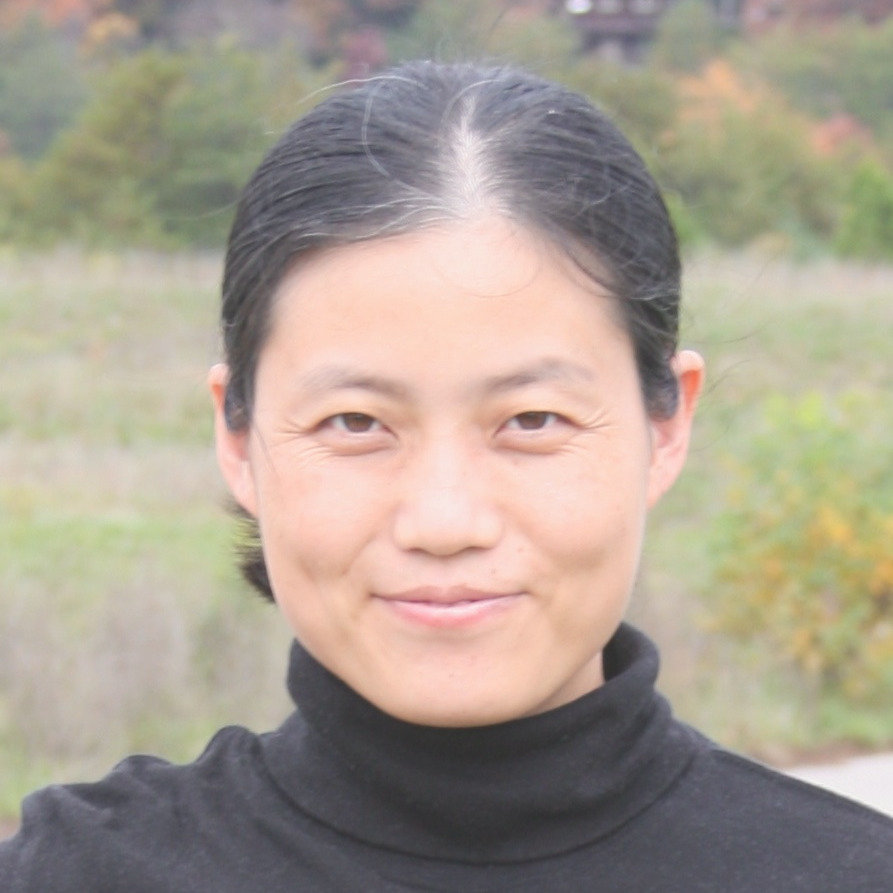Preprint
Article
Charge-Dipole-Dipole Interactions in Ultracold Gases
This is a preprint, it has not been peer-reviewed.
Submitted:
06 August 2024
Posted:
08 August 2024
You are already at the latest version
Abstract
Charge-dipole interactions are very common interactions among atoms and molecules, especially materials that can emit light or contain free charges. The second-order charge-dipole interactions, proportional to $\frac{1}{R^4}$, are stronger than the second-order dipole-dipole interactions or van der Waals interactions, proportional to $\frac{1}{R^6}$, at longer distances. In reality, there is more than one atom or charge; therefore, we focus on few-body charge-dipole interactions, such as charge-dipole-dipole interactions. Laser cooling and trapping allow us to study such interactions with much higher precision. In this article, charge-dipole interactions will be investigated in ultracold gases. To increase the interaction strength, we excite the ultracold atoms to highly excited states, Rydberg states. Here, we treat one Rydberg atom as a dipole, the excited electron and the ion core are the two poles of an electric dipole. Specifically, we study charge-atom interactions in ultracold Rydberg gases.
Keywords:
-
Copyright: This open access article is published under a Creative Commons CC BY 4.0 license, which permit the free download, distribution, and reuse, provided that the author and preprint are cited in any reuse.
Alerts
MDPI Initiatives
Important Links
© 2024 MDPI (Basel, Switzerland) unless otherwise stated





